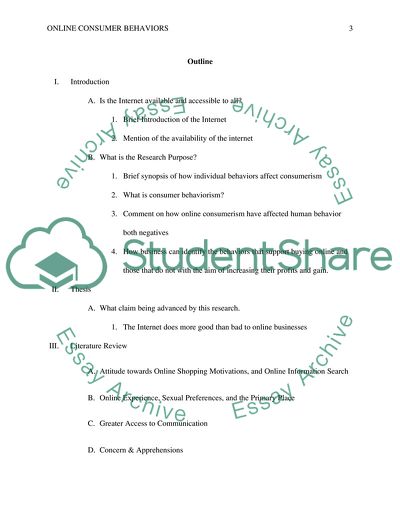Cite this document
(Online Consumer Behaviors and Factors Shaping Consumerism Research Paper, n.d.)
Online Consumer Behaviors and Factors Shaping Consumerism Research Paper. Retrieved from https://studentshare.org/marketing/1772982-online-consumer-behaviors
Online Consumer Behaviors and Factors Shaping Consumerism Research Paper. Retrieved from https://studentshare.org/marketing/1772982-online-consumer-behaviors
(Online Consumer Behaviors and Factors Shaping Consumerism Research Paper)
Online Consumer Behaviors and Factors Shaping Consumerism Research Paper. https://studentshare.org/marketing/1772982-online-consumer-behaviors.
Online Consumer Behaviors and Factors Shaping Consumerism Research Paper. https://studentshare.org/marketing/1772982-online-consumer-behaviors.
“Online Consumer Behaviors and Factors Shaping Consumerism Research Paper”, n.d. https://studentshare.org/marketing/1772982-online-consumer-behaviors.


